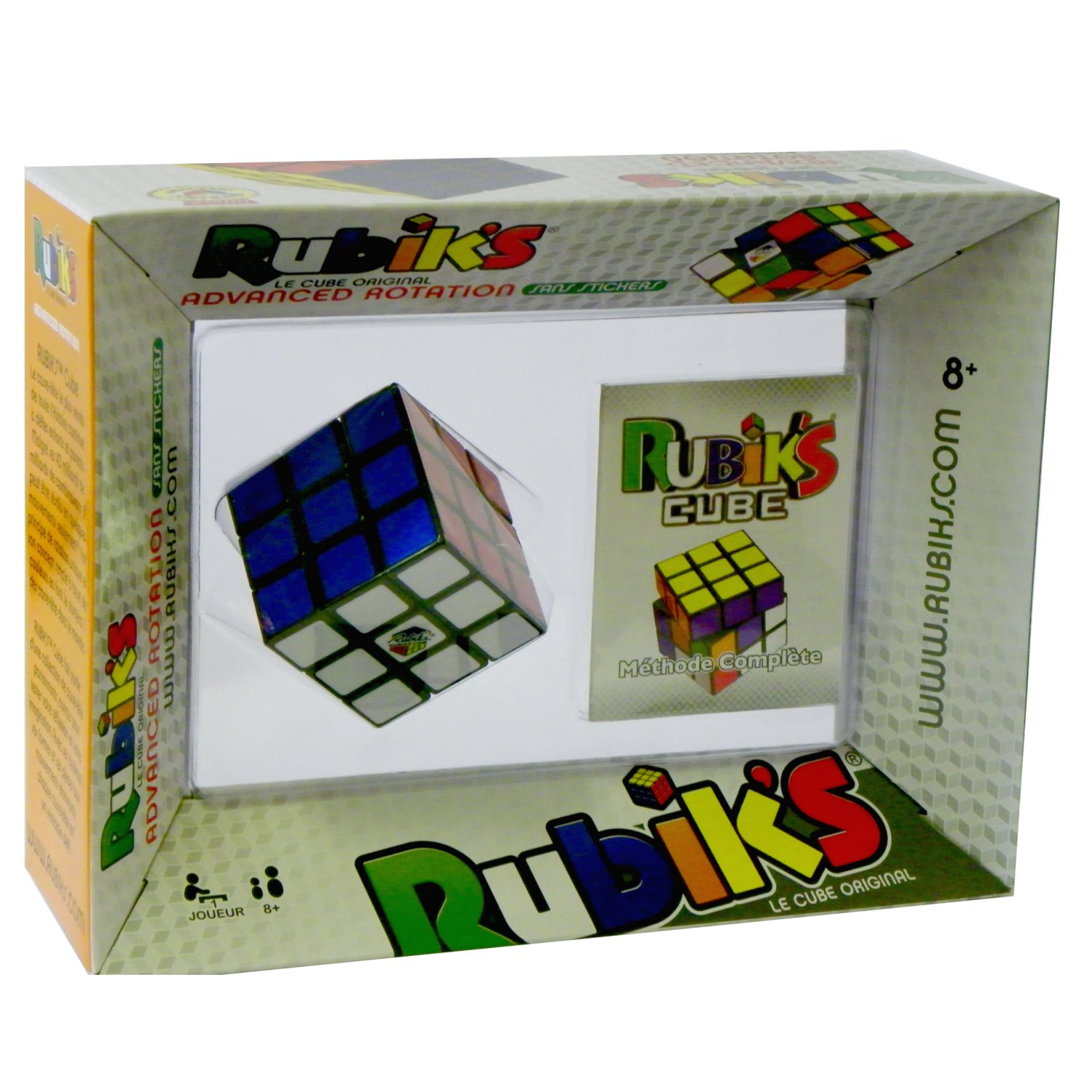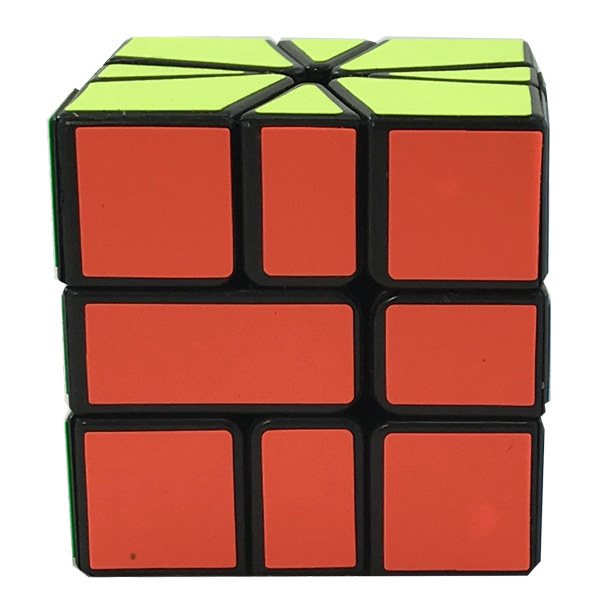

Doing my quarter-turn we see that facelet 1 goes to the position previously occupied by facelet 37, facelet 2 goes to the position previously occupied by facelet 38, and so on. With the little ‘facelets’ of the cube numbered 1 to 54, we can track the effect of a move on the cube by seeing how the numbers swap places. Stickered-up Rubik’s Cube, pictured with a Manchester University maths department pencil Now we know I will eventually ‘solve’ the Rubik’s cube with my twist-spin moves, but the question remains when? Since my office was in the maths department at Manchester University, we decided to work it out, and do it the only way we knew how: with stickers and computers.

That’s because the move in Life is not invertible you can reach the same position from two different previous states, so the ‘lasso’ pattern above does occur. Given an initial state for Life and its one repeated ‘move’, what can (and very often does) happen is that the game gets locked into an infinitely-repeating pattern that does not begin with a repetition of the initial game state.

The only way to reconcile this paradox is if the loop goes right back to the initial solved state, so that the two-into-one problem does not arise.Ĭompare this state of affairs to Conway’s Life, the ‘zero-player game’ wherein a grid of black and white squares changes over time according to a simple rule that can give rise to almost endless variety. But then we have the curious situation where both cases involve having a cube in this state, both have the spin-and-twist ‘undo’ moves applied, but both end up in different states. But both start by twist-and-spinning the cube into the first state of the loop. In both cases we must end up with the cube as it started. So suppose the cube is in one of the two states feeding in to the loop, and I do my twist-and-spin move combo then its spin-and-twist inverse. Doing a move then doing its inverse will have no net effect on its state. If I can twist a face then spin the cube, I can just as well spin the cube the other way then twist it backwards. Another pretty obvious fact about the Rubik’s cube is that any move, or sequence of moves, can be reversed. If the cube doesn’t go back to a solved state, it must do this, landing on some previously seen non-solved position and from there entering a loop. Why could the following not happen?ĭo not let this diagram unsettle you it will shortly turn out to be impossible. From then the cube will be stuck Groundhog-Day-style in its previous pattern the same states and the same moves producing the same results.īut this doesn’t prove that the cube will return to its initial solved state. There’s a finite number of states the cube can be in (rather more than the 3 billion that the product’s marketing originally claimed but still a finite number) so eventually it will hit a state it’s been in before. So as you repeat the same sequence of moves, the cube tracks through different states in a predetermined way. The initial state and the moves together determine the end state. If two cubes are in the same state and you do the same moves on both, they’ll both end up in the same state. The first thing to sort out is, how did I know the cube would eventually solve itself if I kept doing this same thing over again? Well, a pretty obvious fact about a Rubik’s cube its that it’s non-random. This seemed worthy of proper investigation. But this didn’t seem to be happening – and I’d been doing this for some time by now. Having started with a solved cube, I knew eventually if I kept doing the same thing the cube would solve itself. Particularly I was rotating one face a quarter-turn then rotating the whole cube by an orthogonal quarter-turn like this: Not attempting to solve it, I was just doing the same moves again and again. One day some years ago I was sat at my desk idly toying with the office Rubik’s cube. Note: If you’re looking for instructions on solving Rubik’s cube from any position, there’s a good page at Think Maths.
Rubiks cube flip one square only how to#
You're reading: Blackboard Bold, Features How to solve a Rubik’s Cube in one easy stepīy Paul Taylor.


 0 kommentar(er)
0 kommentar(er)
